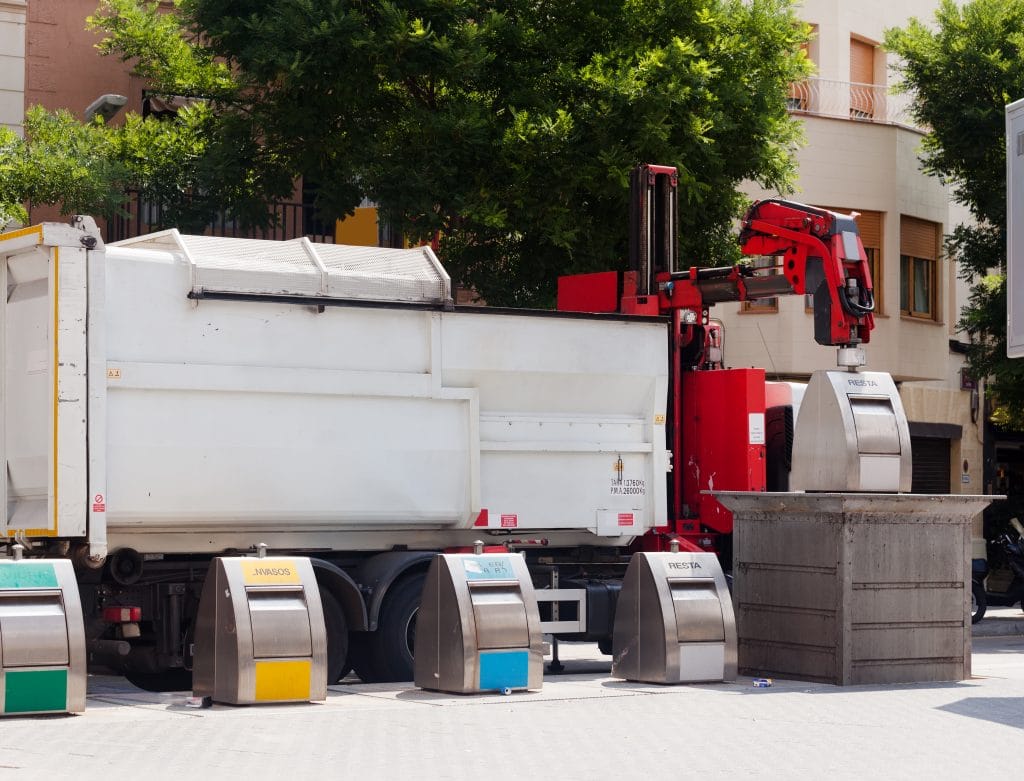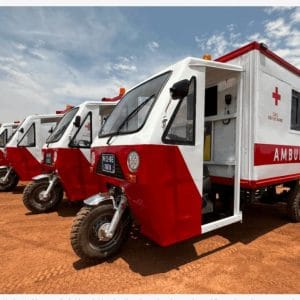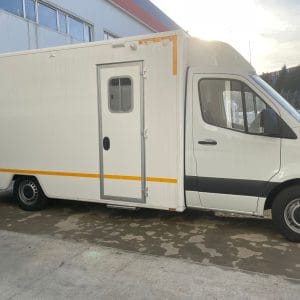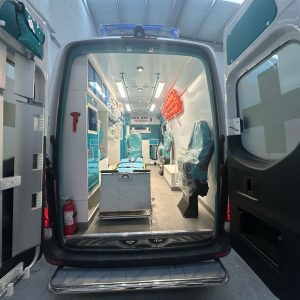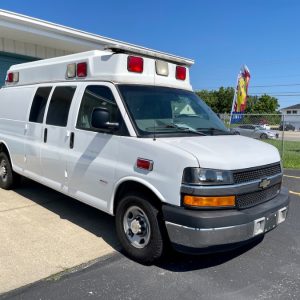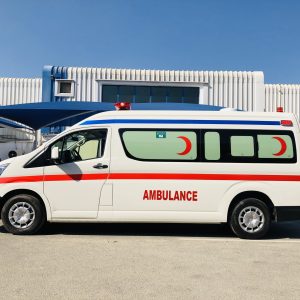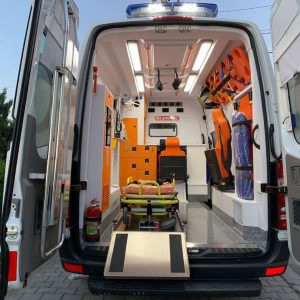Waste Collection Vehicles; In the demanding world of municipal solid waste management, efficiency, reliability, and compliance are not just desirable—they are essential. Procuring the right equipment is a critical decision that impacts operational costs, environmental goals, and public service quality. This article provides a comprehensive analysis of the technical specifications for modern waste collection vehicles, focusing on a robust requirement for 4×2 trucks with a 13-15m³ compactor, engineered to meet the highest European standards.
The Backbone of Urban Cleanliness: The Chassis and Drivetrain
The foundation of any reliable refuse truck is its chassis. The specified requirements call for a 4×2 vehicle with a gross vehicle weight (GVW) of at least 17,000 kg and a substantial wheelbase of 4,100 mm. This configuration is ideal for urban and semi-urban routes, offering an excellent balance of maneuverability and stability. The long wheelbase is particularly crucial as it provides the necessary space and weight distribution for the heavy-duty compactor body without compromising the vehicle’s handling.
Powering these beasts is a high-torque engine, mandated to be a minimum of 200 kW (approx. 270 HP) with a displacement of over 6,000 cc. The key figure here is the massive torque output of 1,000 Nm, which is the true workhorse metric. This ensures the vehicle can maintain momentum even when fully loaded, navigating stop-start traffic and steep inclines with ease. Crucially, this engine must adhere to the EURO 6 emission standard, significantly reducing harmful nitrogen oxides (NOx) and particulate matter compared to previous generations. This is a non-negotiable requirement for municipalities committed to reducing their carbon footprint and complying with increasingly stringent environmental regulations.
Coupled with this powerful engine is a minimum 6-speed manual gearbox with a crawler gear (6+1). This gearing allows operators to find the perfect ratio for both high-speed transit between collection zones and low-speed, high-torque crawling during actual waste collection, protecting the drivetrain from excessive stress.
Uncompromising Safety and Driver Comfort
The technical specs place a strong emphasis on safety, integrating modern electronic support systems as standard:
- ABS (Anti-lock Braking System): Prevents wheel lock-up during braking, maintaining steering control.
- ASR (Traction Control System): Prevents wheel spin on slippery surfaces, ensuring forward motion.
- ESC (Electronic Stability Control): The most critical system, it detects and reduces loss of traction (skidding), automatically applying brakes to individual wheels to help keep the vehicle on its intended path.
- Hill Start Assist: Prevents the vehicle from rolling backwards on an incline, a common and hazardous scenario on collection routes.
The cabin is designed for the well-being of the crew. A pneumatic driver’s seat reduces fatigue from constant vibration, while air conditioning ensures a comfortable working environment in all seasons. A unique and thoughtful safety feature is the passenger door with a transparent lower section, greatly enhancing visibility and reducing blind spots to protect cyclists and pedestrians near the vehicle. Rotating beacon lights ensure high visibility, alerting the public to the vehicle’s presence during operation.
The Heart of the Operation: The 15m³ Compactor Upgrade
The superstructure is where the magic happens. The requirement is for a high-performance compactor body with a minimum capacity of 13-15 cubic meters. This size is optimal for balancing collection frequency and route efficiency.
Key features of this advanced compactor include:
- Multi-Bin Handling: A versatile bin emptying mechanism that can service 120-liter, 240-liter bins, and larger 1.1 m³ containers, making it adaptable to various waste collection schemes.
- High Compaction Rate: A minimum 5:1 compaction ratio is essential. This means the waste is compressed to a fifth of its original volume, dramatically increasing the vehicle’s effective payload and reducing the number of trips to the disposal site.
- Robust Hydraulics: A high-pressure hydraulic system (min. 170 bar) protected by safety valves ensures powerful and reliable compaction cycles while safeguarding the system from overloads. Operators can choose between automatic and manual work cycles for flexibility depending on the situation.
- Safety and Build Quality: Folding ladders on the rear allow for safe transport of workers. The entire unit must have anti-corrosion protection and be finished with corrosion-resistant paint to ensure a long service life in a harsh operating environment. Crucially, the entire compactor system must be certified to meet the EN 1501:2015 standard, the European benchmark for safety, noise, and performance for waste collection vehicles.
- Modern Controls: Controls are mounted on the rear for easy operation during loading, and a rear-view camera connected to a cabin monitor drastically improves safety when reversing.
Long-Term Value: Warranty, Support, and Compliance
Beyond the hardware, the specifications demand long-term reliability and support. A comprehensive 12-month warranty covering both the vehicle and the compactor body is required. More importantly, the supplier must provide authorized local service and technical support within North Macedonia and guarantee the availability of original spare parts for a minimum of ten years. This is critical for minimizing vehicle downtime and ensuring a total cost of ownership that remains predictable over the truck’s operational life.
Finally, the delivered vehicles must be fully compliant with all relevant regulations and standards in the Republic of North Macedonia and be delivered fully prepared for registration.
Conclusion: Investing in Smart Infrastructure
Specifying waste collection vehicles with these detailed technical requirements—from the EURO 6 engine and ESC safety systems to the EN 1501:2015-compliant compactor—represents a forward-thinking investment. It’s a commitment to operational efficiency, driver safety, environmental responsibility, and long-term fiscal prudence. By choosing equipment that meets these high benchmarks, municipalities and waste management companies are not just buying trucks; they are investing in a cleaner, safer, and more sustainable future for their communities.
SEO Keywords Integrated: Waste Collection Vehicles, 15m³ compactor, 4×2 truck, EURO 6 emission standard, EN 1501:2015, gross vehicle weight 17,000 kg, torque 1000 Nm, electronic stability control ESC, bin emptying mechanism, compaction ratio, warranty, North Macedonia, authorized service, spare parts availability, municipal solid waste management, safety standards, hydraulic compactor.


